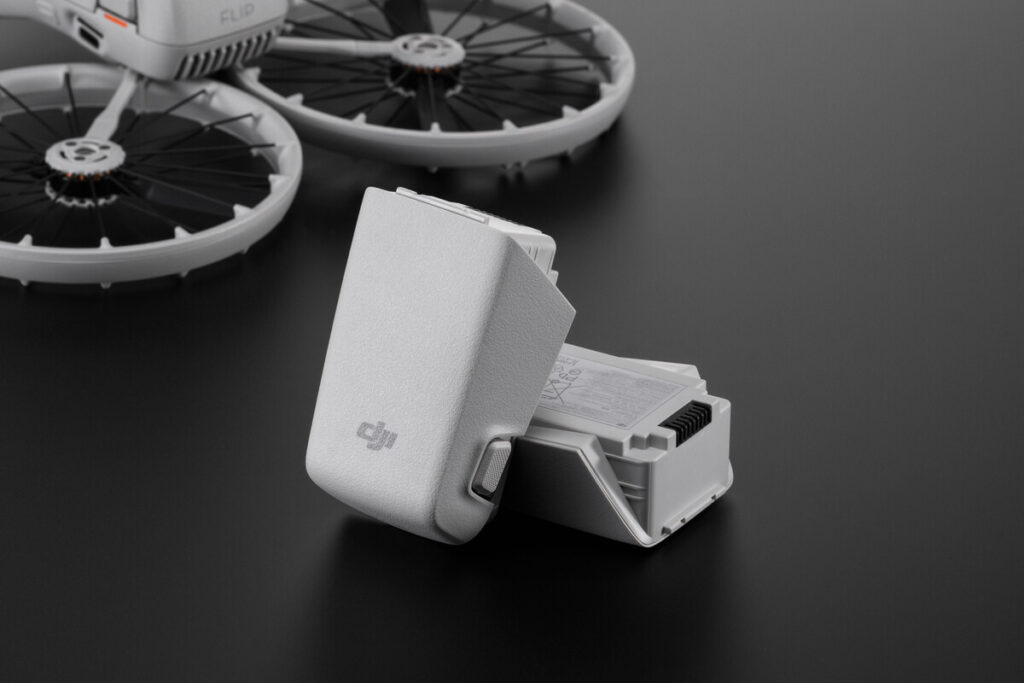Running out of battery mid-shoot is basically every drone pilot’s nightmare. You’re capturing the perfect sunset or tracking a subject, and your controller starts beeping warnings. Standard DJI batteries take 60-90 minutes to fully charge, which kills productivity when you’re trying to maximize flight sessions. That’s why Fast charging DJI drone batteries available now cut that time down to 30-45 minutes without destroying battery lifespan. The technology uses higher current inputs and intelligent charging algorithms that push more power in early charge cycles while protecting cell chemistry during the final stages.
How Fast Charging Technology Actually Works
Lithium polymer batteries used in DJI drones charge in three phases—constant current, constant voltage, and trickle. Fast charging mostly affects the first phase by increasing current flow from the standard 3-4 amps up to 6-8 amps. This dumps more energy into depleted cells quickly.
The catch is heat generation. Higher current creates more resistance heating inside the battery cells. Temperatures above 45-50 degrees Celsius start degrading the polymer separator between positive and negative electrodes. Fast chargers include thermal monitoring that automatically reduces current if temperatures spike.
DJI’s intelligent flight batteries have built-in management chips that communicate with chargers. These chips report cell voltage, temperature, charge cycles, and health status. The charger adjusts current in real-time based on this feedback, which is why aftermarket fast chargers without proper protocols can damage batteries.
Charge Time Comparisons Across DJI Models
Mavic 3 batteries (5000mAh) take about 96 minutes with standard charging at 4A. Fast charging hubs push that to around 40 minutes using 8A current. That’s a 58% time reduction, meaning you can cycle through three batteries in under two hours instead of nearly five.
Mini series batteries are smaller (2453mAh for Mini 3 Pro) and charge faster naturally—about 64 minutes standard, dropping to 30 minutes with fast charging. The smaller capacity means less total energy transfer needed.
Phantom 4 Pro batteries (5870mAh) represent older technology. Standard charging takes 90 minutes, and even with compatible fast chargers you’re looking at 50-55 minutes because the battery management system limits current intake more conservatively.
Impact on Battery Longevity and Cell Health
Fast charging affects cycle life, but not as dramatically as people think. Standard charging might give you 400-500 cycles before capacity drops to 80%. Fast charging typically reduces that to 350-450 cycles. For most pilots flying weekly, that’s 6-8 years of use either way.
The bigger risk is charging immediately after flight. Hot batteries from recent use combined with fast charging current creates thermal stress. Best practice is waiting 15-20 minutes for batteries to cool to ambient temperature before charging. This single step probably matters more than charging speed for longevity.
Storage state also impacts health. Keeping batteries at 100% charge for extended periods (weeks) degrades capacity faster than regular charge/discharge cycles. DJI’s auto-discharge feature drops stored batteries to 60% after 10 days, which protects cell chemistry.
Hub Systems vs Single Chargers
Charging hubs sequence power delivery, charging one battery fully before starting the next. This seems less efficient than parallel charging all batteries simultaneously, but it actually works better. Sequential charging lets each battery get full current from the power supply without splitting amperage.
The Mavic 3 charging hub prioritizes batteries based on charge level—highest charge finishes first. This means if you need to fly again quickly, one battery reaches 100% faster than with parallel charging where all batteries hit 100% at once.
Two-way charging hubs introduced with Mavic 3 let you use drone batteries as power banks for other devices. This adds utility but also complicates the charging algorithm since the hub needs to manage both input and output power flows.
Power Supply Requirements and Limitations
Fast charging needs adequate power supplies. Standard DJI chargers output 60-65 watts. Fast charging requires 100-160 watts depending on battery size and hub capacity. Using an underpowered supply either slows charging or triggers safety cutoffs.
USB-C Power Delivery protocol complicates things. DJI adopted USB-C charging on newer models, but not all USB-C chargers support the high-wattage profiles needed. A phone charger rated at 20W won’t fast charge drone batteries even though the physical connector fits.
Field charging from car batteries or solar panels rarely achieves true fast charging speeds. Most car inverters output 100-150 watts, but efficiency losses mean delivered power to batteries drops to 70-80 watts effectively. This gives you faster-than-standard charging but not maximum speed.
Safety Features and Charge Management
Temperature monitoring is critical. Batteries contain thermistors that report real-time temperature to the charging system. If readings exceed safe thresholds (usually 48-50°C), current automatically reduces or stops entirely until cooling occurs.
Voltage balancing ensures all cells within the battery pack charge evenly. Imbalanced cells cause some to overcharge while others remain depleted, reducing overall capacity and creating safety risks. Management chips actively balance cells during both charging and discharging.
Read More: The Principle and Importance of Drone Compass Calibration



